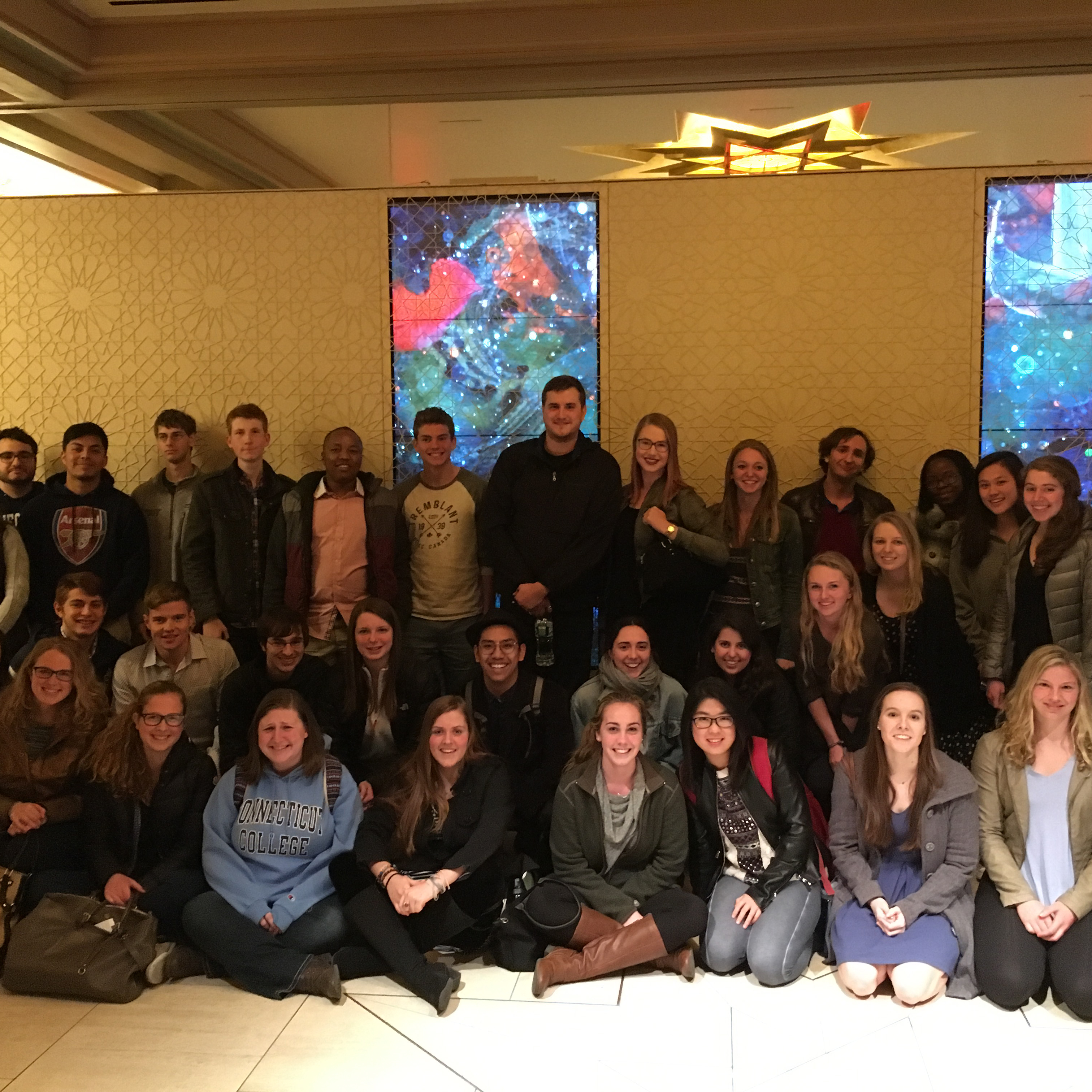
The first day of Mythology class began like any other first day of class: Professor Papathanasopoulou introduced herself before outlining the syllabus. I eagerly fingered through it, half-listening to the introduction while making mental notes of written assignments, tests and readings we were expected to complete. Everything seemed standard until I came across two listed field trips. I was intrigued.
Professor Papathanasopoulou explained that we were all expected to attend one of the two performances listed on the syllabus; we had a choice between attending an opera or a Martha Graham dance performance. This was a no-brainer; I had to see the Martha Graham Company perform. Now, you have to know—I was especially excited for this opportunity because I danced for 13 years of my life. While I no longer dance, I still hold it near and dear to my heart and this field trip was a unique opportunity to see an influential and revered dance company perform in New York City.
As the performance date grew closer, we read the Greek myths that we would see come to life on stage. Cave of the Heart and Night Journey, two repertoire pieces based on the Greek tragedies Medea and Oedipus the King, were performed in addition to two current pieces to commemorate the company’s 90th anniversary. While I loved watching the new and recently commissioned pieces, Graham’s interpretation and choreography of the tragedies were the highlights of show. Particularly notable was the emphasis Graham gave the female protagonist in both pieces, which was a refreshing interpretation of the typically male-dominant Greek primary texts encountered in class.
For one of our written assignments, we were asked to compare and contrast a Greek tragedy to one of the modern interpretations we were fortunate enough to see, pushing us to think critically of the old and new stories. For my analysis, I decided to consider Oedipus the King and Night Journey, specifically because Graham decided to tell the Oedipus tale from the female perspective. In my paper, I discussed fate—a common theme in many Greek stories—and evaluated how much control Jocasta, the female protagonist, had over her fate based on the two interpretations of the Oedipus story.
While this is merely one example of how the story could be analyzed, the modern interpretations offered a unique evaluation of the Greek tales. The opportunity to see the Martha Graham Company afforded me a chance to connect my learning in the classroom to the real world. This type of connection can be scarce in some majors of study and it was a welcome change of pace in my academic career. As students, more often than not we are fixed in the somewhat remote world of academia. A field trip, such as the one to the Martha Graham performance, helps us integrate academic nuances with the real world, letting us grow into the informed citizens of the world we hope to become when we leave Connecticut College.